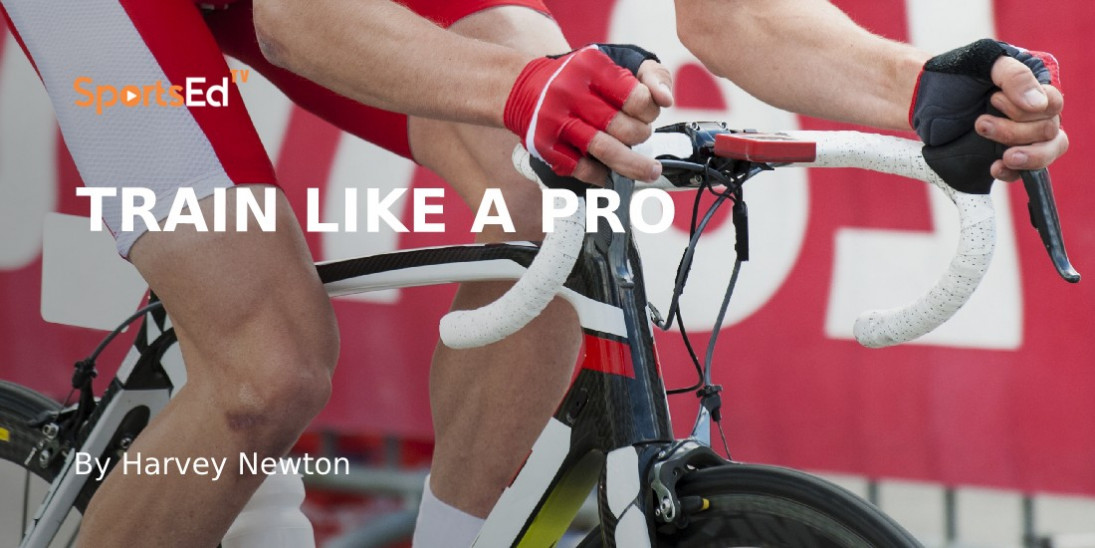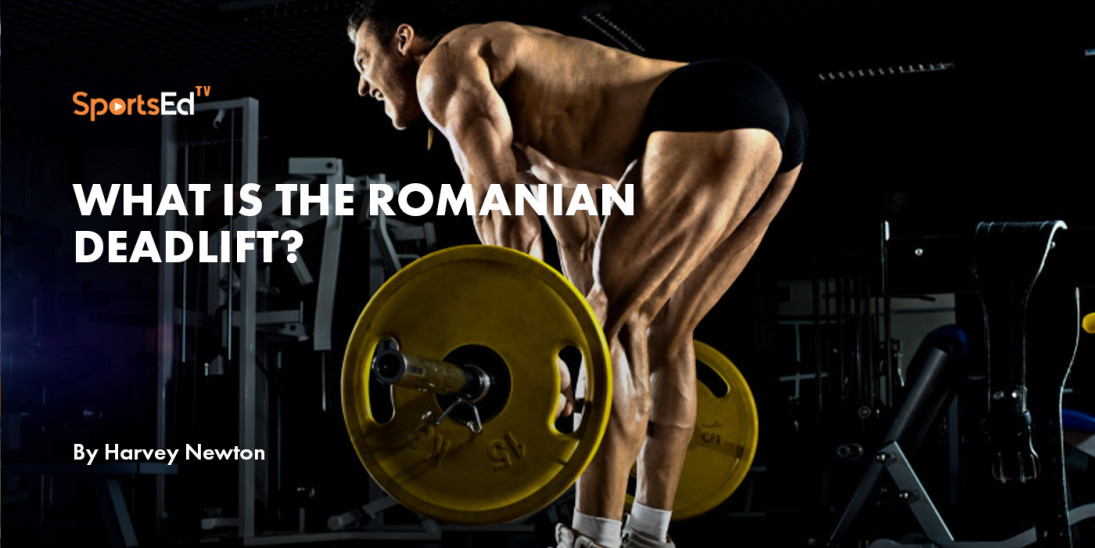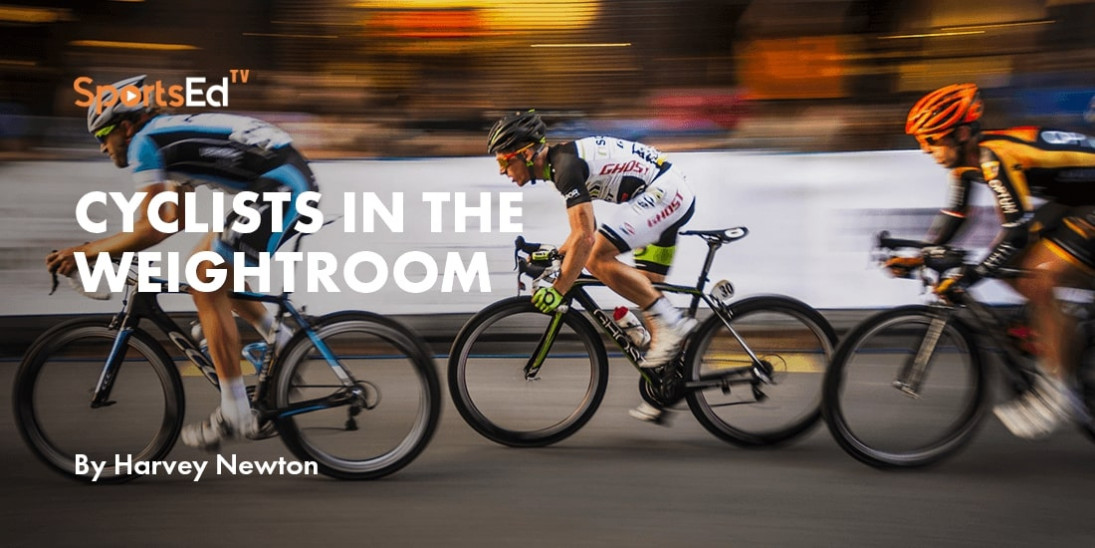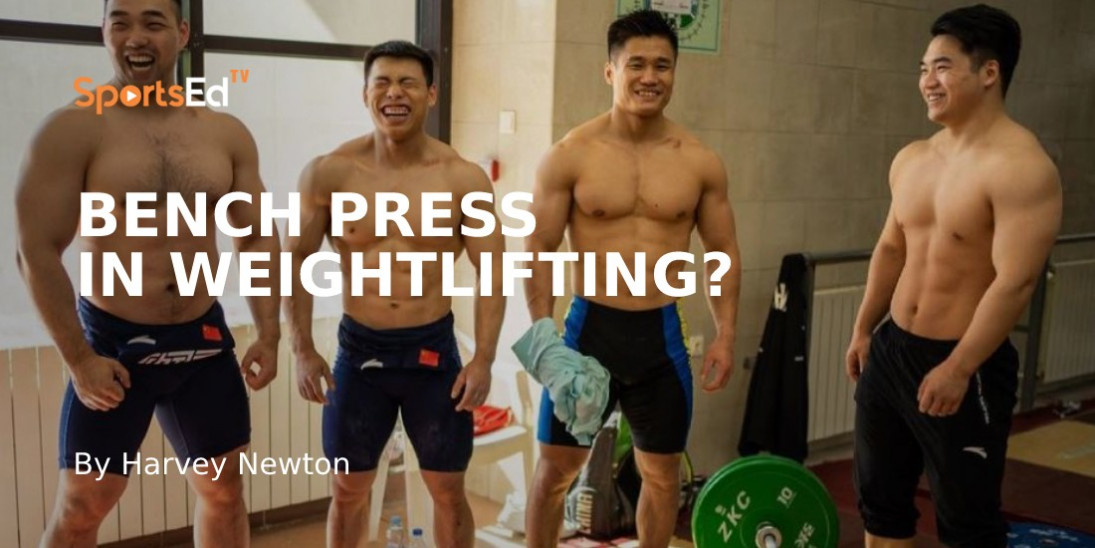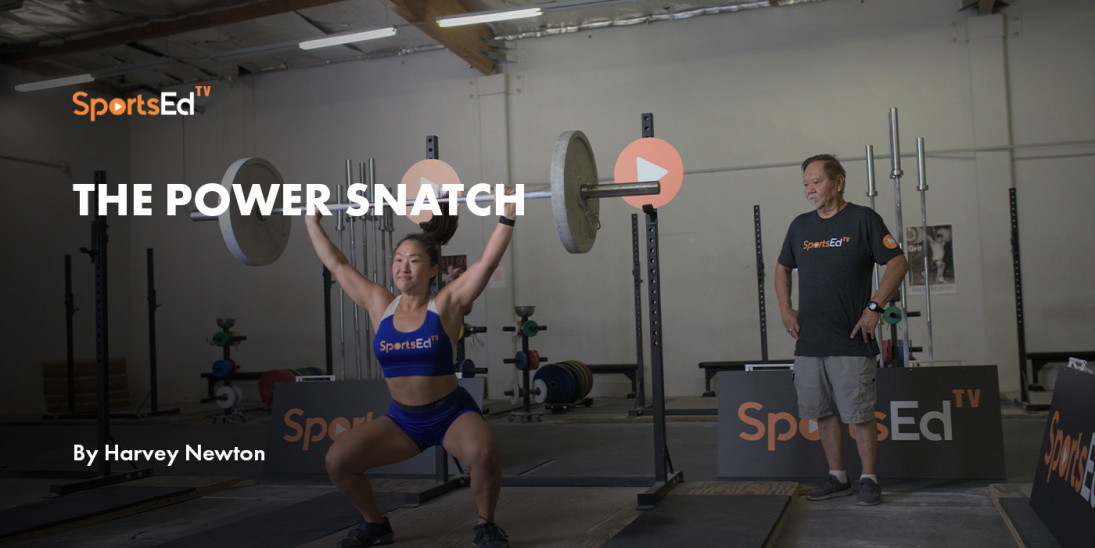Weightlifting, Volleyball
Welcome and thanks for visiting...

Weightlifting for Volleyball
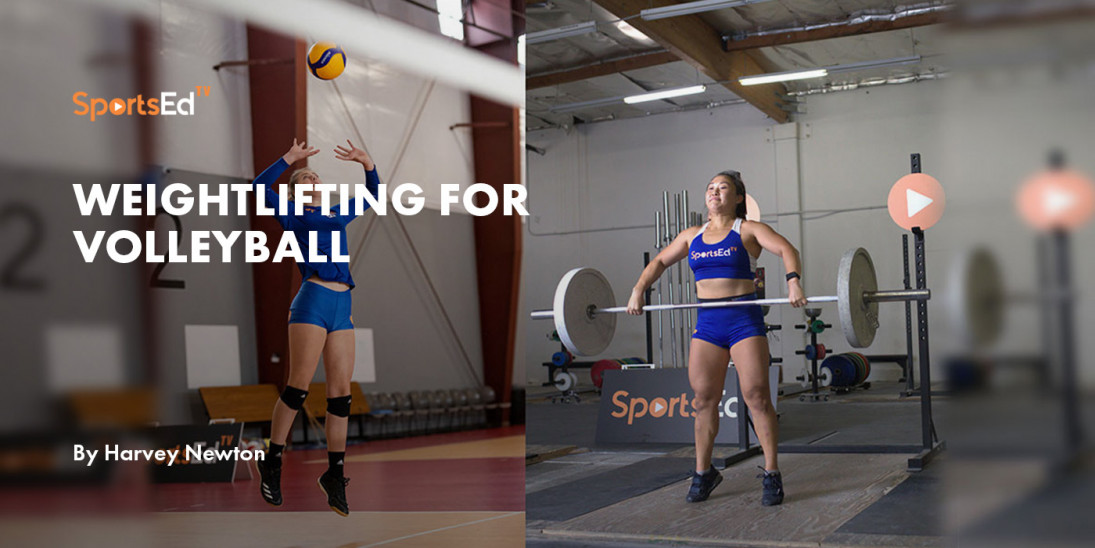
Much of the following blog appeared in the author’s book, Explosive Lifting for Sports (Human Kinetics, 2006). It is updated here to reflect expanded content. The author is a VCAP Master Instructor.
For many years both indoor and outdoor (“beach”) versions of volleyball have embraced the benefits of explosive resistance training. For obvious reasons, volleyball players regularly seek to train and/or improve their vertical jump results. Vertical jump testing measures power and provides insight into one’s proportion of Type IIa and Type IIb (fast-twitch) muscle fiber types. The actual amount of slow- and fast-twitch fibers is mostly determined by genetics, however, a player can improve their ability to recruit fast-twitch fiber by training appropriately.
How to Increase Your Jump Height for Volleyball
Numerous research studies have shown a strong relationship between snatch and clean-and-jerk performance and vertical jump results. A few years back, at the US Olympic Training Center in Colorado Springs, the resident women’s weightlifters competed against the women’s national volleyball team in the vertical jump. The lifters beat the volleyball players in a standing vertical jump (similar to how they compete), but the volleyball players beat the lifters in a three-step approach jump (similar to how they often compete). This is a great example of sport specificity.
The ability to forcefully and repeatedly vertical jump is a very desirable characteristic found in elite volleyball players. Utilizing weightlifting’s key movements makes sense when compared to slow, less explosive lifting. Of course, that requires volleyball players to learn weightlifting techniques properly, so that optimal benefits of such training are obtained.
Learning to properly perform the snatch and clean and jerk movements, while likely to improve jumping ability, can overwhelm a volleyball player with little if any, experience in the weight room. How can such training be most easily achieved?
Volleyball Favorites
Two weightlifting-related exercises, the power snatch (especially from around the knee level) and the push press, have received strong support in years past from USA Volleyball. It’s easy to see why, both in terms of the double knee bend pulling technique and in the counter movement dip and drive needed that quickly drives a barbell overhead. In other words, both exercises, when performed properly, result in a plyometric effect, with external resistance.
But these are advanced exercises, and learning proper technique is crucial for the best results.
Depending on equipment availability, for instruction on the power snatch from knee level, check these videos:
For instruction on the push press, check these two videos:
Programming
Along with sport-specific training, it is vital to follow a periodized resistance training program throughout the year. Offseason efforts target overall body strengthening and learning proper lifting techniques. Preseason and in-season training reduces the volume of strength training while increasing intensity while utilizing one or more of the explosive lifts for greater power.
Consider also the importance of non-specific weightlifting training exercises, especially the squat. USA Weightlifting Hall of Fame Coach Bob Takano (Los Angeles) has been a strong proponent of proper squatting, especially for volleyball players. This not only improves lower body strength and power, but it greatly helps in terms of injury prevention, especially the dreaded female ACL injury. This injury often results from a lack of lower body strength and poor landing positions (due to weakness) after a jump.
Check out Coach Takano’s squatting advice.
Another Southern California source of solid volleyball weightlifting advice is John Garhammer, Ph.D. Dr. Garhammer is a well-known and highly respected sports scientist who specialized in the study of biomechanics and served as a strength coach for the volleyball and other teams at several Southern California universities. Garhammer states, "Volleyball requires an explosive vertical jump dependent on a strong, powerful lower body and the ability to quickly get your hands overhead. The snatch and clean-and-jerk lifts closely mimic what a volleyball player does in a game situation."
Dr. Garhammer cautions that players can push beyond safe limits when combining volleyball practice and games, plyometric jump training, and explosive lifting movements. "Coaches have to watch out for excessive jump training. So much stretch-shortening cycle (SSC) muscle activation occurs during practice drills and games. Greater joint load forces are experienced in jump landings than in power cleans."
He encourages coaches to recognize the lower impact forces of multiple-joint movements such as the squat, clean, or power jerk compared to specific jump training. And explosive strength training is the best way to provide the overload needed to strengthen a player's body. Dr. Garhammer’s advice: practice sports skills and get stronger through the overload provided by lifting weights. If plyometric training is used (advanced players only), it must be properly factored into a periodized training program in order to avoid excessive stress on the lower body.
Strength training for volleyball athletes
Here is an example of Coach Garhammer's training advice for pre-season volleyball players. (Using standard weightlifting markers, the numerator is the intensity to be used for a particular set. It is expressed as a percentage of one’s best (see Intensity Determination Criteria, at bottom). The denominator represents the number of repetitions to be performed. Multiple sets with the same, or nearly the same, intensity, are noted with a stand-alone figure to the right; if no figure is present, only one set with the designated intensity is performed.)
Pre-Season (Week 1)
Monday
| Power snatch (hang) | 50/3 | 60/3 | 67/3 | 67/3 | 67/3 | 67/3 | 67/3 |
| Snatch pulls to knees | 92/5 | 92/5 | 92/5 | ||||
| Squats | 60/6 | 70/6 | 80/6 | 80/6 | 80/6 | 80/6 | |
| Bench Press | 60/6 | 75/6 | 82/6 | 82/6 | 82/6 | 82/6 | |
| Machine row | 8-12 reps | 3-4 sets | |||||
| Arm Curls | 8-12 reps | 3-4 sets | |||||
| Triceps press | 8-12 reps | 3-4 sets | |||||
| Heel raise | 12-20 reps | 4 sets | |||||
| Back extensions | 8-12 reps | 4 sets | |||||
| Abs | 15-30 reps | 3-4 sets |
Wednesday
| Power Jerk | 60/3 | 70/3 | 80/3 | 87/3 | 87/3 | 87/3 | 87/3 | 87/3 |
| Front squat | 60/3 | 70/3 | 70/3 | 70/3 | 70/3 | |||
| DB incline press | 8-12 reps | 3-4 sets | ||||||
| Pullover | 8-12 reps | 3-4 sets | ||||||
| Upright rows | 8-12 reps | 3-4 sets | ||||||
| Good mornings | 15-30 reps | 3-4 sets | ||||||
| Abs | 15-30 reps | 3-4 sets |
Friday
| Power clean | 60/3 | 75/3 | 82/3 | 82/3 | 82/3 | 82/3 | 82/3 |
| Squat | 60/3 | 70/3 | 77/3 | 77/3 | 77/3 | 77/3 | |
| Push press | 50/3 | 60/3 | 70/3 | 70/3 | 70/3 | ||
| DB row | 8-12 reps | 3-4 sets | |||||
| Triceps press | 8-12 reps | 3-4 sets | |||||
| Arms curls | 8-12 reps | 3-4 sets | |||||
| Heel raise | 12-20 reps | 3-4 sets | |||||
| Back extensions | 8-12 reps | 4 sets | |||||
| Abs | 15-30 reps | 3-4 sets |
Intensity Determination Criteria
All pulling percentages are based on the best clean
All overhead percentages are based on the best power jerk
All squat percentages are based on the best squat
All other exercises are determined by individual performance
For details on other weightlifting-specific exercises, please check the SportsEdTV weightlifting library.
Volleyball and Weightlifting: A Winning Combination
It’s clear that weightlifting-specific exercises have a place in a volleyball player’s physical training program. However, it is crucial that proper technique is learned, not only to prevent the unlikely situation of a weight room-related injury but also to assure optimal performance.
Remember, the goal here is to build a better volleyball player, not to create a new weightlifter.


